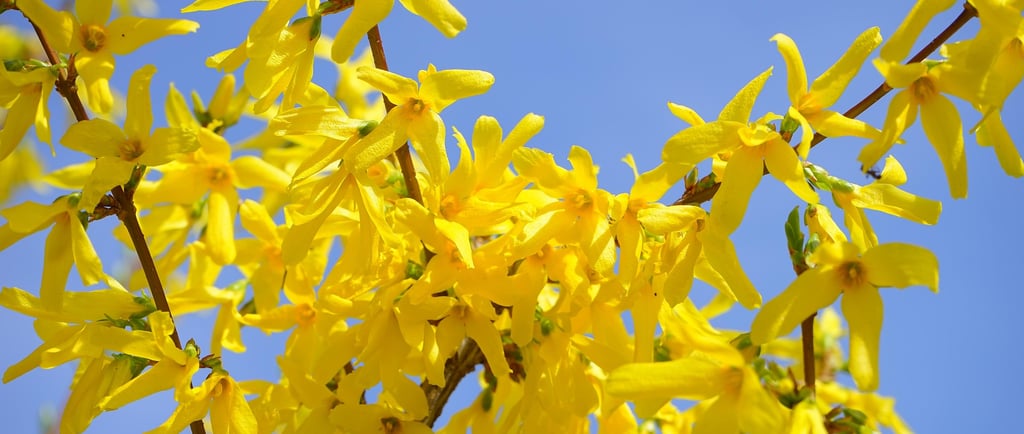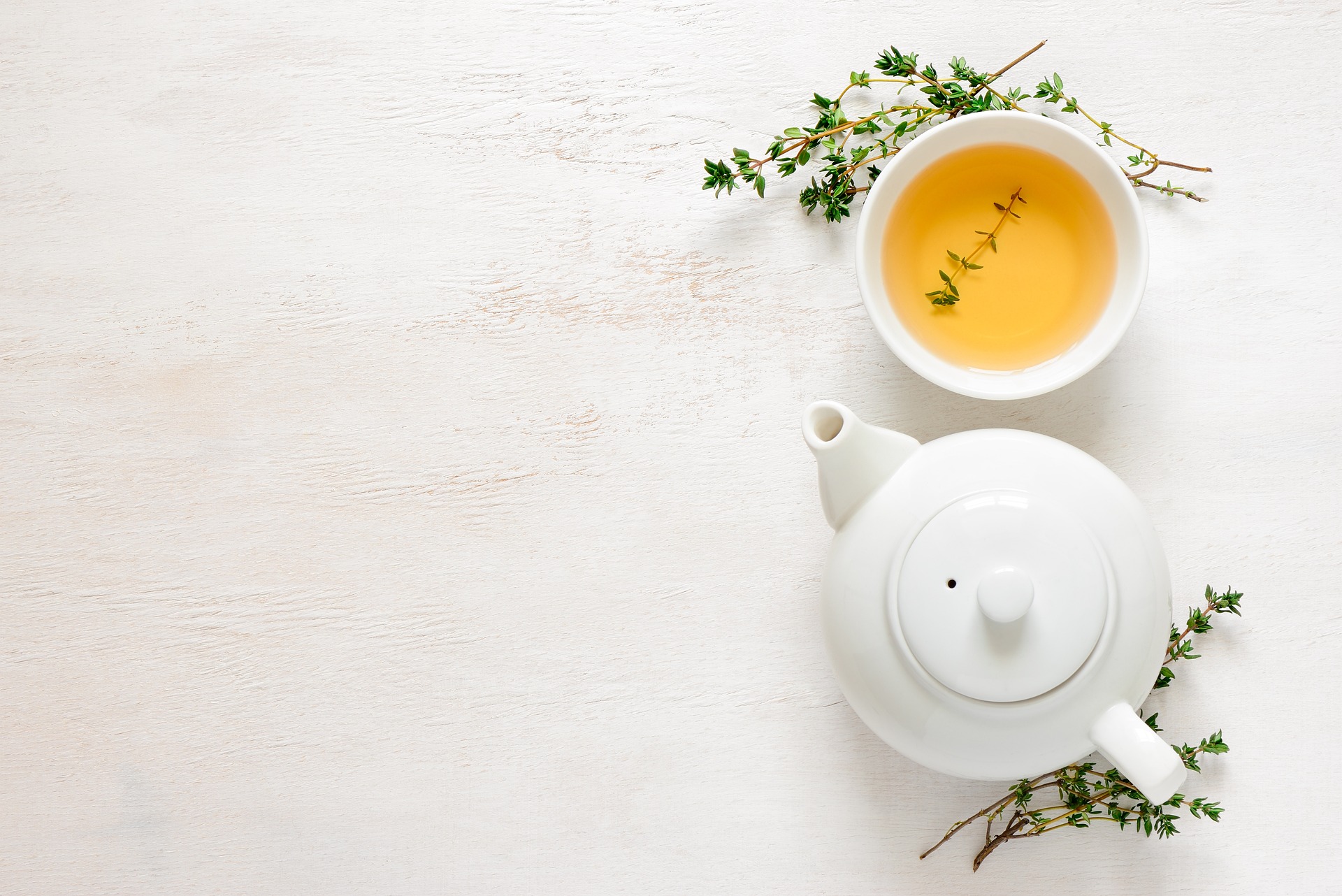☀️Sunshine on a Stick! ✨Forsythia’s Secret Blooming Trick 🤫🌿
🌿 A follow-up story that connects The Leaf, The Stem, and The Flower chapters in the Biology Album. ✨ This story invites children to uncover the secrets of this early-blooming shrub that doesn’t wait for leaves before bursting into golden flowers! 🌼💛 How do its bright blossoms grow directly from the stem before any leaves appear? By exploring the nodes and internodes of plants, children can trace where leaves, flowers, and branches grow, discovering how forsythia clusters its flowers at each node like little bouquet of golden flowers.🌿 This connects to deeper plant structures—how stems support new growth, how leaves emerge in patterns on the stem. Do all plants bloom before their leaves? And what other clever tricks do plants use to grow and spread? 🌞💭
BIOLOGY STORIES
3/18/20253 min read


Have you ever noticed that most plants follow a pattern? 🌱 First, they grow leaves, then, when the time is right—flowers bloom! 🌸 But some plants love breaking the rules... 😆
Imagine walking outside before the trees have their leaves—and suddenly, you see a bush covered in bright yellow flowers! 🌞✨ No leaves, just golden blooms bursting from bare branches like little glowing sun. 🌼
(Hold up the bouquet of forsythia and show the children.) Look at this branch! 🌿✨ What do you notice? What’s missing? 🤔 (Let them observe.) 💡 There are no leaves! Just bright yellow flowers! 🌼💛
Forsythia is the plant that doesn’t wait for leaves! It loves to wake up early and shout to the world: 🌼 "Spring is HERE!" 🌼
Most plants use their leaves first to make food before they grow flowers. Not forsythia! This golden shrub stores energy all winter long, so when the first warm days arrive—BOOM!—it explodes into color! 💛💥
🔍 Let’s look closer! Do you see how the flowers grow directly from the stem? Touch the branches—are they soft or woody? (Let them feel the twigs.) That’s because forsythia is a shrub, with strong woody stems that stay standing even in winter! ❄️🌿
Now, let’s count the petals. One, two, three, four! 🌼 Did you know that some flowers have five petals, six, or even more? But forsythia always has four—like a little golden star! ✨ 🔍 Wait a minute… look closely at the stem again. Do you see something interesting? ( Guide the children to notice how multiple flowers grow in clusters from a single point.) Forsythia doesn’t just grow one flower at a time—it likes to bloom in bunches! 🌿🌼🌼 Several flowers grow from the same spot on the stem. This special place is called a node—it’s like a little “flower station” on the plant!
💡 Can you find a node on your branch? How many flowers are growing from it? (Let them count!) Nodes are important plant puzzle pieces—they can grow flowers, leaves, or even new branches! What do you think will grow from these nodes after the flowers fall? (Let them guess: leaves! 🍃)
Do you think this flower has all the parts to make seeds on its own? To make seeds a flower need stamens, and a pistil. Can we find them ? 🤔 Let’s investigate! Forsythia flowers have stamens, which hold pollen, and a pistil, which helps make seeds. But here’s a little secret… some types of forsythia don’t make many seeds at all! Instead, this plant has a clever trick—it can grow without seeds! If a branch touches the ground for a while, it grows roots and becomes a brand-new plant! 🌱 Even a broken branch can grow into a new forsythia bush! If you take a branch and plant it in moist soil, it can sprout roots and start growing all on its own.
This plant is native to China and Korea, but it remained a mystery to Europe and the rest of the world until the 1700s! In South Korea, forsythia is a symbol of warmth and happiness! 🌼🎉 Every spring, the city of Seoul holds a Forsythia Festival in Eungbong Mountain, where the whole hillside turns bright yellow. People sing, dance, and celebrate the arrival of spring with this golden flower!
Forsythia isn’t just a springtime beauty—it’s been used in traditional Chinese medicine for over 2,000 years! 🌿✨ The dried fruit of forsythia is known for clearing toxins from the body. It’s still used today in herbal remedies for colds, fevers, and sore throats! The first written records of forsythia in medicine in the famous book "The Classic of Herbal Medicine" , one of the oldest medical books in China! 📜
I wonder… 🤔 What other plants bloom before their leaves appear? Have you ever seen a flower growing straight from a stem, like forsythia does?
With Montessori joy,
Vanina 😊

